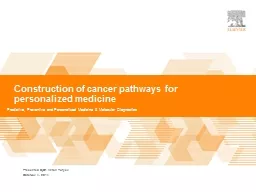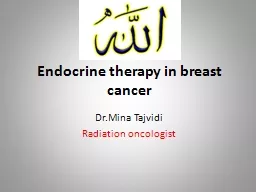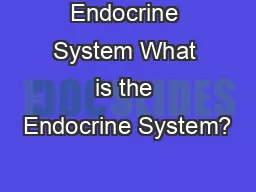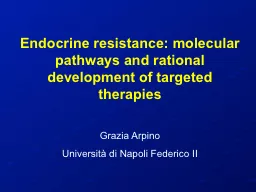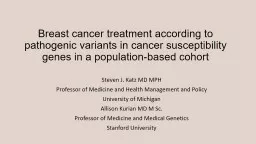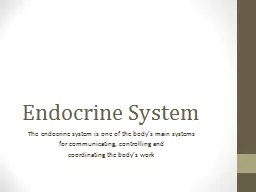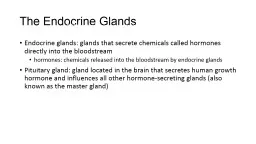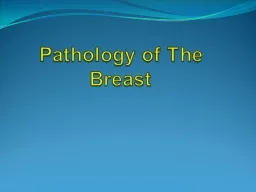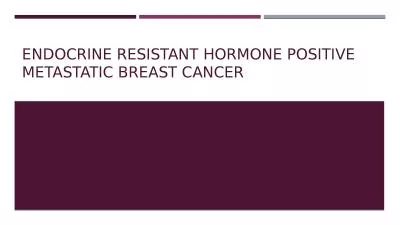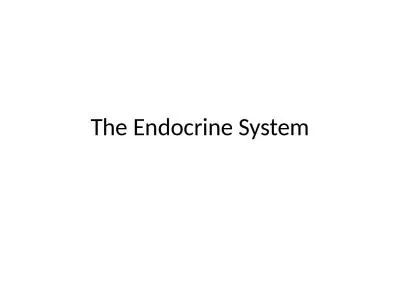PPT-Targeting endocrine-resistance pathways in breast cancer
Author : alexa-scheidler | Published Date : 2019-12-16
Targeting endocrineresistance pathways in breast cancer Clara Natoli Chieti Endocrine responsive breast cancer Luminal A High expression of ER amp ERrelated genes
Presentation Embed Code
Download Presentation
Download Presentation The PPT/PDF document "Targeting endocrine-resistance pathways ..." is the property of its rightful owner. Permission is granted to download and print the materials on this website for personal, non-commercial use only, and to display it on your personal computer provided you do not modify the materials and that you retain all copyright notices contained in the materials. By downloading content from our website, you accept the terms of this agreement.
Targeting endocrine-resistance pathways in breast cancer: Transcript
Download Rules Of Document
"Targeting endocrine-resistance pathways in breast cancer"The content belongs to its owner. You may download and print it for personal use, without modification, and keep all copyright notices. By downloading, you agree to these terms.
Related Documents



